Mode d’emploi AEG 8060D Hotte aspirante
Besoin d'un mode d’emploi pour votre AEG 8060D Hotte aspirante ? Ci-dessous, vous pouvez consulter et télécharger gratuitement le mode d’emploi PDF en français. Ce produit a actuellement 3 questions fréquemment posées, 0 commentaires et 0 votes. Si ce n'est pas le mode d’emploi que vous souhaitez, veuillez nous contacter.
Votre produit est défectueux et le mode d’emploi n’offre aucune solution ? Rendez-vous à un Repair Café pour obtenir des services de réparation gratuits.
Mode d’emploi
Loading…

Loading…
Évaluation
Dites-nous ce que vous pensez du AEG 8060D Hotte aspirante en laissant une note de produit. Vous voulez partager vos expériences avec ce produit ou poser une question ? Veuillez laisser un commentaire au bas de la page.En savoir plus sur ce mode d’emploi
Nous comprenons qu’il est agréable d’avoir un mode d’emploi papier pour vos AEG 8060D Hotte aspirante. Vous pouvez toujours télécharger le mode d’emploi depuis notre site Web et l’imprimer vous-même. Si vous souhaitez disposer d’un mode d’emploi original, nous vous recommandons de contacter AEG. Ils pourront peut-être fournir un mode d’emploi original. Recherchez-vous le mode d’emploi de votre AEG 8060D Hotte aspirante dans une autre langue ? Choisissez votre langue préférée sur notre page d’accueil et recherchez le numéro de modèle pour voir si nous l’avons disponible.
Caractéristiques
| Marque | AEG |
| Modèle | 8060D |
| Catégorie | Hottes aspirantes |
| Type de fichier | |
| Taille du fichier | 0.11 MB |
Tous les modes d’emploi pour AEG Hottes aspirantes
Plus de modes d’emploi de Hottes aspirantes
Foire aux questions sur AEG 8060D Hotte aspirante
Notre équipe d’assistance recherche des informations utiles sur les produits et des réponses aux questions fréquemment posées. Si vous trouvez une inexactitude dans notre foire aux questions, veuillez nous le faire savoir en utilisant notre formulaire de contact.
Quelle distance doit-il y avoir entre ma hotte aspirante et ma plaque de cuisson ? Vérifié
Cela peut varier un peu en fonction de la marque, mais en général une hotte aspirante doit être placée à au moins 65 centimètres au-dessus d'une cuisinière à gaz et au moins 50 centimètres au-dessus d'une cuisinière électrique ou à induction. Il s'agit d'améliorer la sécurité - incendie
Cela a été utile (1213) En savoir plusAi-je besoin d’une hotte avec ou sans moteur ? Vérifié
Les hottes de cuisinière avec moteur sont conçues pour le déplacement de l’air directement à l’extérieur. Une hotte de cuisinière sans moteur est conçue pour un système de ventilation central. Ne raccordez jamais une hotte avec moteur à un système de ventilation central !
Cela a été utile (635) En savoir plusComment puis-je nettoyer les filtres dans ma hotte aspirante AEG ? Vérifié
Les filtres dans toutes les hottes aspirantes AEG peuvent être nettoyés à la main. Certains modèles possèdent un filtre qui peut être nettoyé dans un lave-vaisselle. Ceci peut être trouvé dans le manuel de l'utilisateur. Veillez à ce que le filtre soit sec, lorsqu'il est replacé dans la hotte aspirante.
Cela a été utile (208) En savoir plus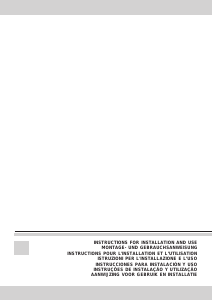


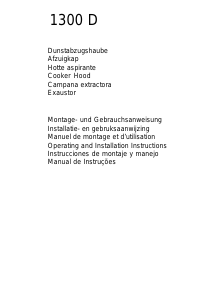
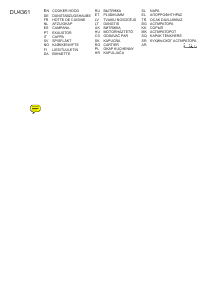
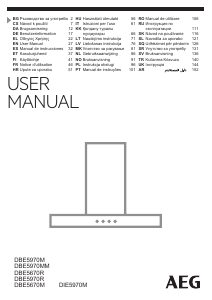
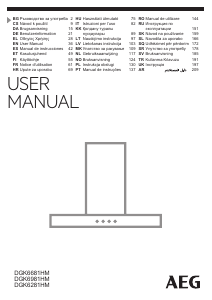
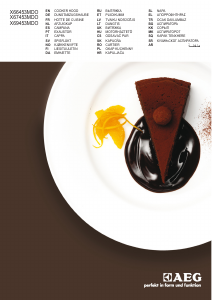
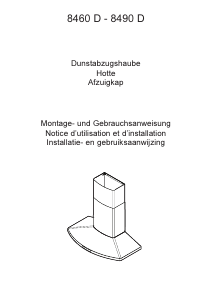
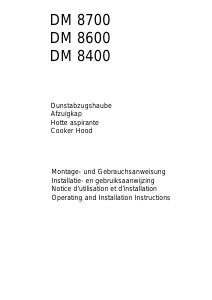
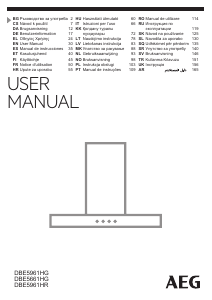
Joignez-vous à la conversation sur ce produit
Ici, vous pouvez partager ce que vous pensez du AEG 8060D Hotte aspirante. Si vous avez une question, lisez d’abord attentivement le mode d’emploi. La demande d’un mode d’emploi peut être effectuée en utilisant notre formulaire de contact.